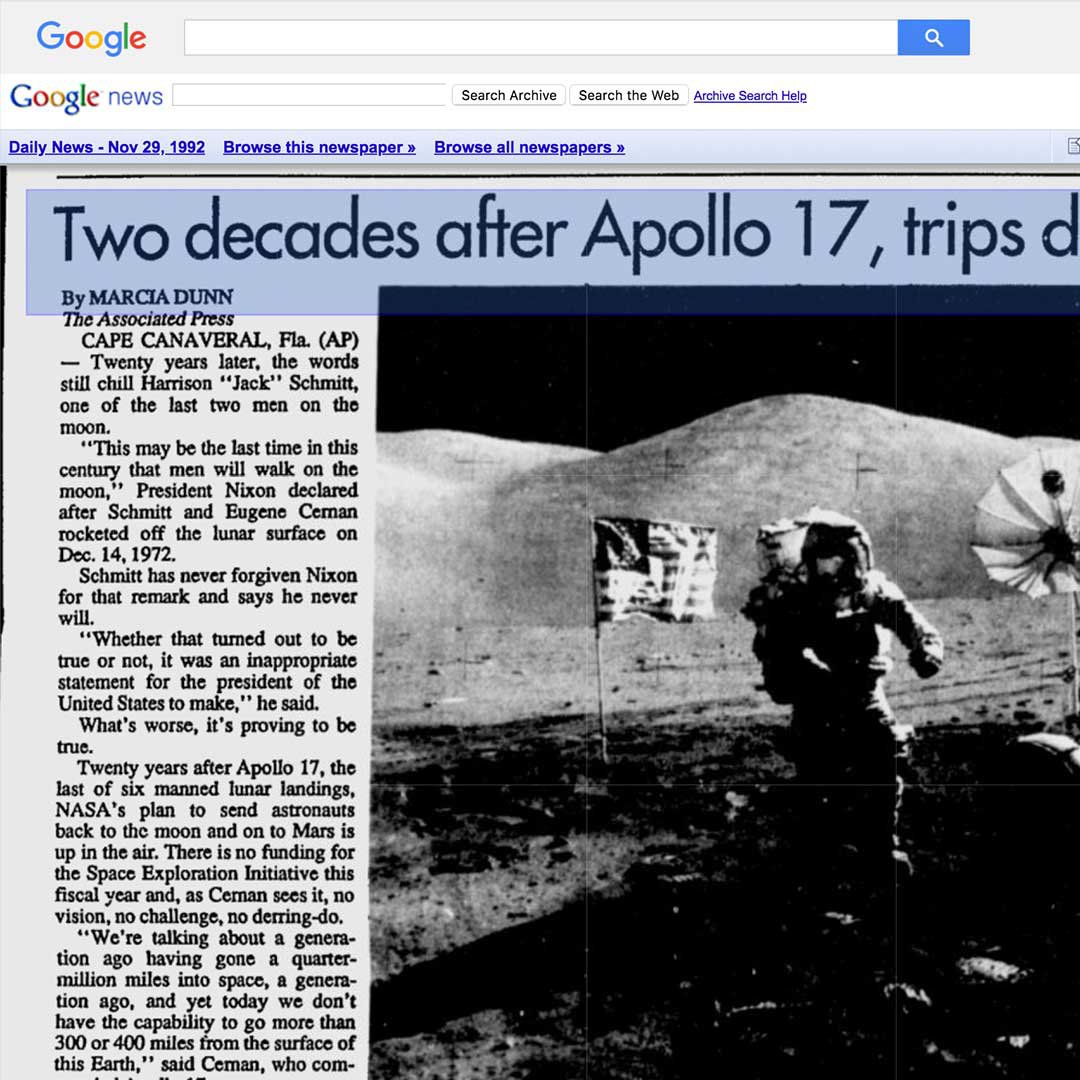An Unbiased View of News Articles
Table of ContentsAn Unbiased View of News ArticlesThe Ultimate Guide To News ArticlesHow News Articles can Save You Time, Stress, and Money.News Articles Can Be Fun For AnyoneSome Known Questions About News Articles.
Good knowledge of different topics offers trainees an affordable edge over their peers. Despite the fact that electronic and social media are conveniently easily accessible, we need to not neglect just how essential it is to review the newspapers. Parents need to attempt and inculcate the behavior of reading a newspaper as an everyday routine to proceed the tradition of the adored print medium.News stories also contain at the very least one of the adhering to important qualities relative to the designated target market: distance, importance, timeliness, human rate of interest, oddity, or consequence.
Within these limits, information tales additionally aim to be extensive. Nonetheless, other factors are included, some stylistic and some derived from the media kind. Amongst the bigger and much more respected papers, fairness and equilibrium is a significant consider presenting information. Discourse is generally restricted to a separate area, though each paper may have a various general angle.
Papers with an international audience, for example, often tend to use a much more formal design of composing. News Articles.; usual style guides include the and the US Information Design Book.
The 2-Minute Rule for News Articles
As a rule, reporters will certainly not use a lengthy word when a brief one will do. They use subject-verb-object construction and dazzling, energetic prose (see Grammar). They offer anecdotes, examples and metaphors, and they hardly ever depend upon generalizations or abstract ideas. Information authors attempt to prevent using the same word much more than as soon as in a paragraph (sometimes called an "echo" or "word mirror").
Headlines often leave out the topic (e.g., "Jumps From Watercraft, Catches in Wheel") or verb (e.g., "Cat lady lucky"). A subhead (additionally subhed, sub-headline, subheading, subtitle, deck or dek) can be either a subordinate title under the main heading, or the heading of a subsection of the post. It is a heading that precedes the primary text, or a group of paragraphs of the major message.

Additional billboards of any of these kinds may show up later on in the short article (especially on subsequent web pages) to lure more analysis. Such signboards are also used as tips to the article in various other areas of the publication or website, or as advertisements for the item in various other magazine or websites. Typical framework with title, lead paragraph (summary in bold), various other paragraphs (details) and get in touch with information.

Instance of a hard-lead paragraph NASA is recommending one more area project. The company's spending plan demand, introduced today, included a strategy to send out one more objective to the Moon. This moment the agency wants to establish a long-lasting center as a jumping-off factor for various other room adventures. The spending plan demands roughly $10 billion for the task.
The NASA announcement came as the agency requested $10 billion of appropriations for the project. An "off-lead" is the 2nd most important front page news of the day. The off-lead appears either in the leading left corner, or directly below the lead on the i loved this right. To "bury the lead" is to start the post with history info or details of secondary relevance to the visitors, requiring them to review even more deeply into a post than they ought to have to in order to uncover the crucial factors.
The News Articles Statements
Usual usage is that a person or two sentences each create their own paragraph. Journalists usually define the company or framework of a newspaper article as an inverted pyramid. The important and most interesting aspects of a story are placed at the start, with sustaining details adhering to in order of lessening importance.
It allows people to discover a subject to just the deepness that their curiosity takes them, and without the imposition of information or subtleties that they might consider Homepage unnecessary, but still making that info readily available to much more interested readers. The inverted pyramid structure also enables posts to be trimmed to any kind of arbitrary length throughout format, to suit the room available.
Some authors begin their stories with the "1-2-3 lead", yet there are several kinds of lead readily available. A kicker can refer to multiple things: The last story in the news program; a "happy" tale to finish the show.
Longer posts, such as publication cover articles and the pieces that lead the within sections of a newspaper, are referred to as. Attribute stories differ from straight information in a number of ways. Foremost is the absence of a straight-news lead, many of the moment. As opposed to providing the essence of a tale in advance, function writers might attempt to lure visitors in.
How News Articles can Save You Time, Stress, and Money.
The journalist usually information communications with interview subjects, making the item more personal. An attribute's initial paragraphs often connect a fascinating minute or event, as in an "unscientific lead". From the particulars of an individual or episode, its sight promptly widens to abstract principles regarding the story's topic. The section that signifies what a feature is about is called the or signboard.
The Editor's Tool kit: A Referral Guide for Beginners and Professionals (2001) Allan M. Siegal and William G. Connolly. The New York City Times Handbook of Style and view publisher site Usage: The Authorities Design Guide Utilized by the Writers and Editors of the Globe's A lot of Authoritative Paper (2002) M. L. Stein, Susan Paterno, and R.
Comments on “The Ultimate Guide To News Articles”